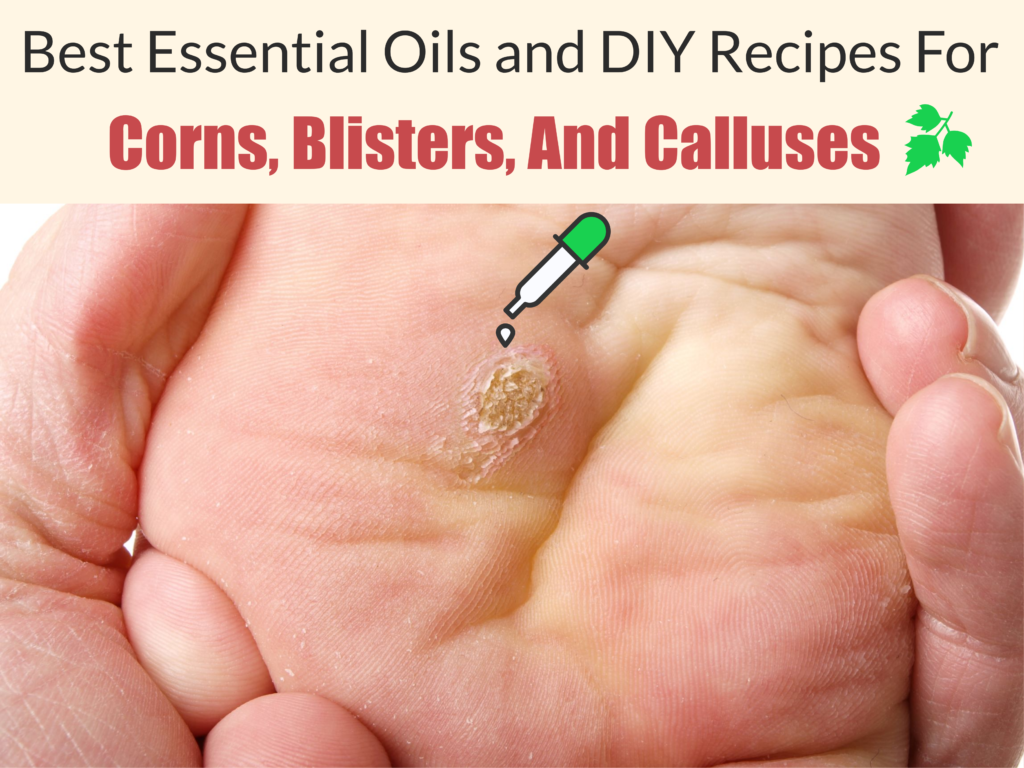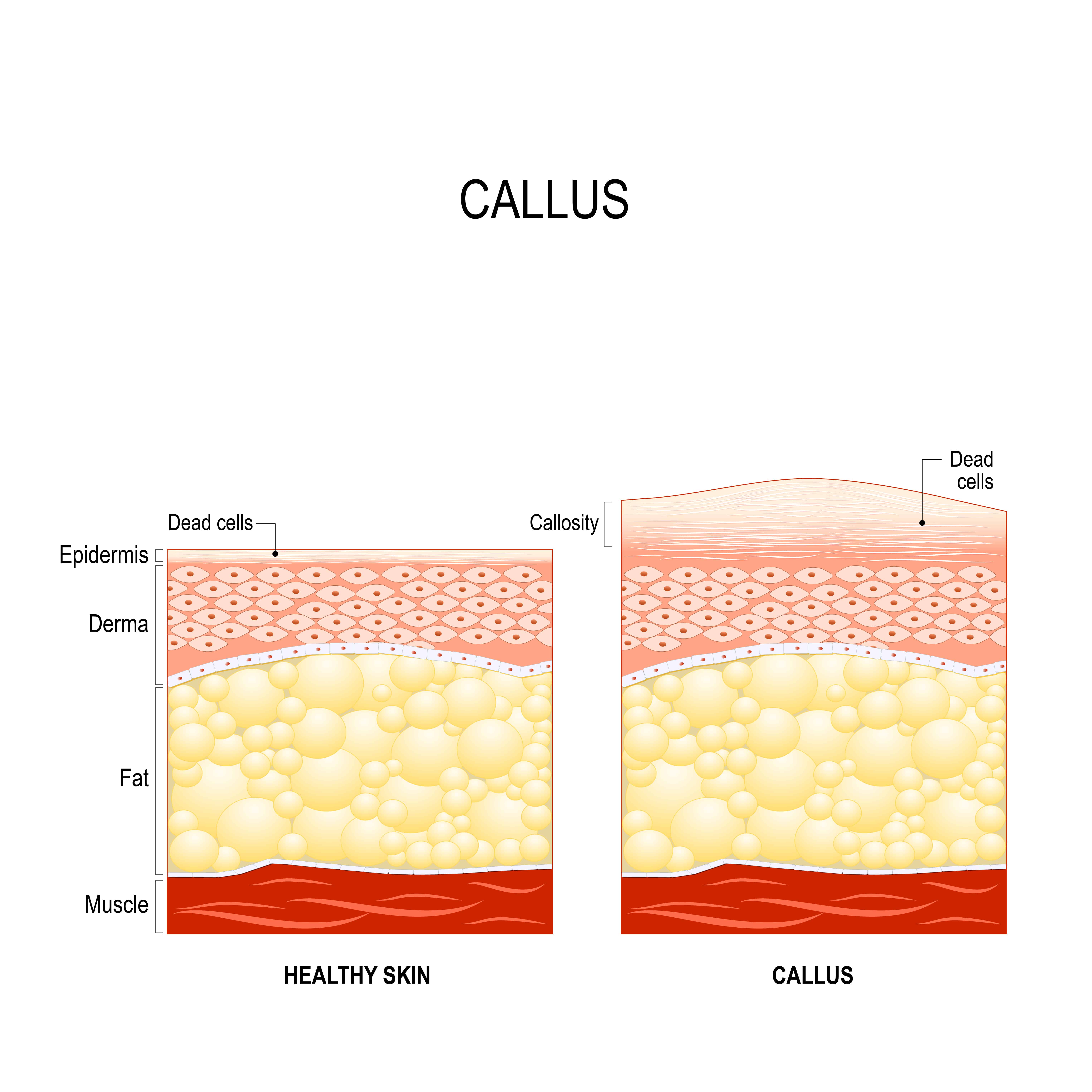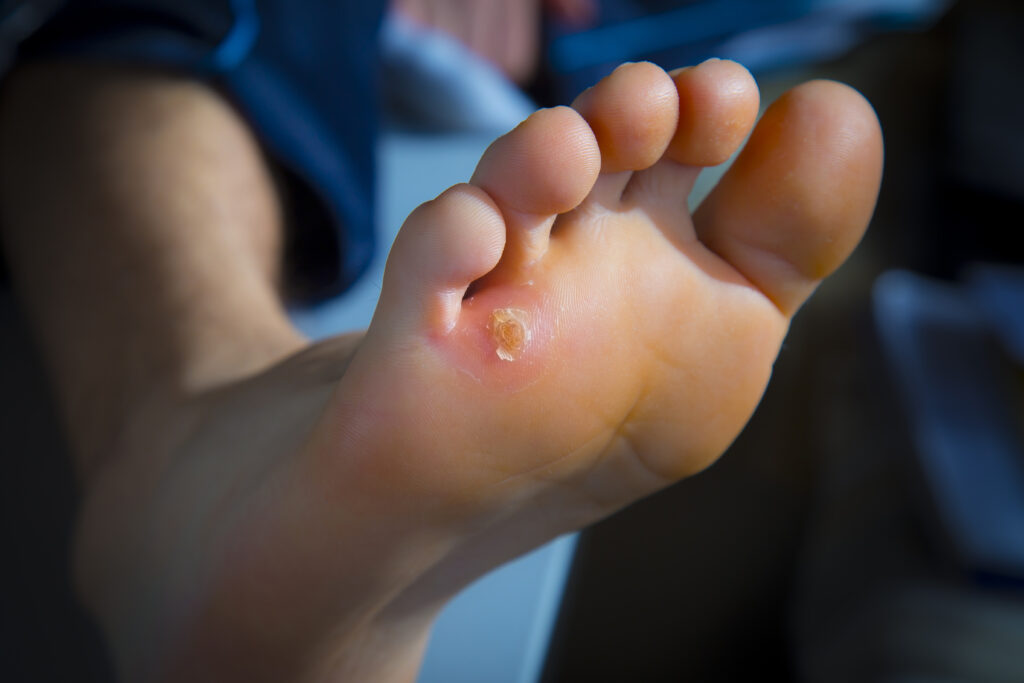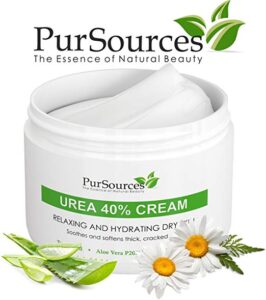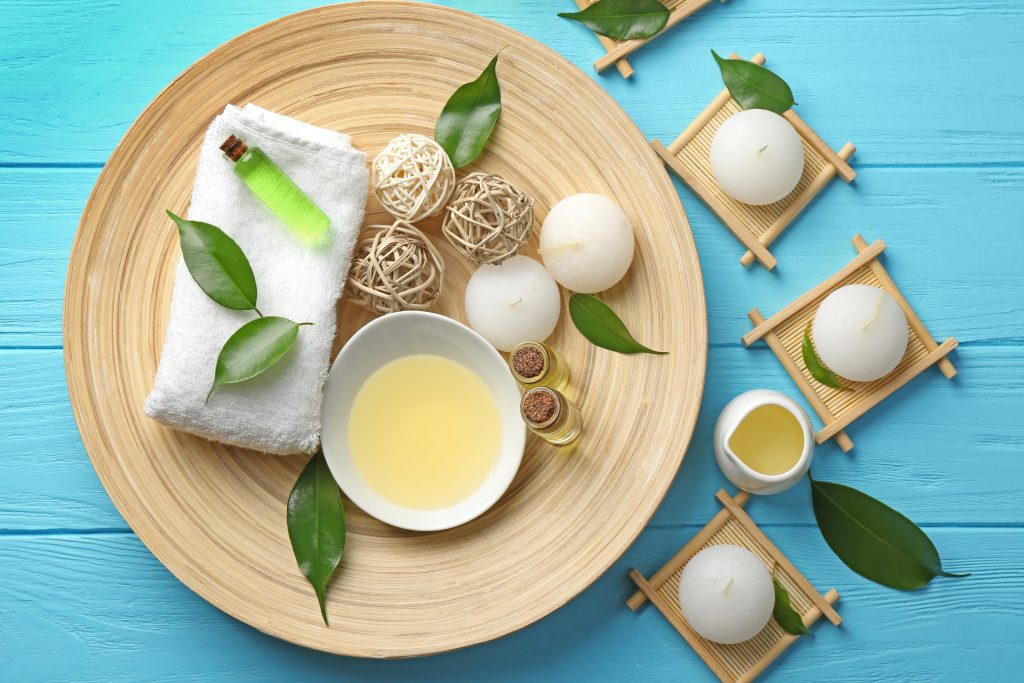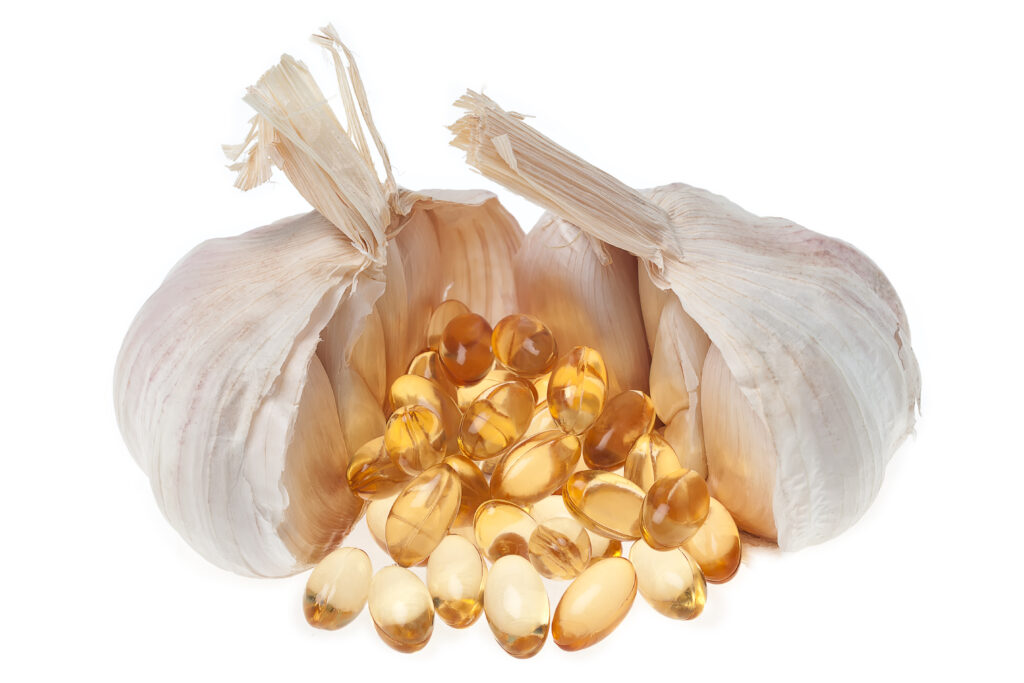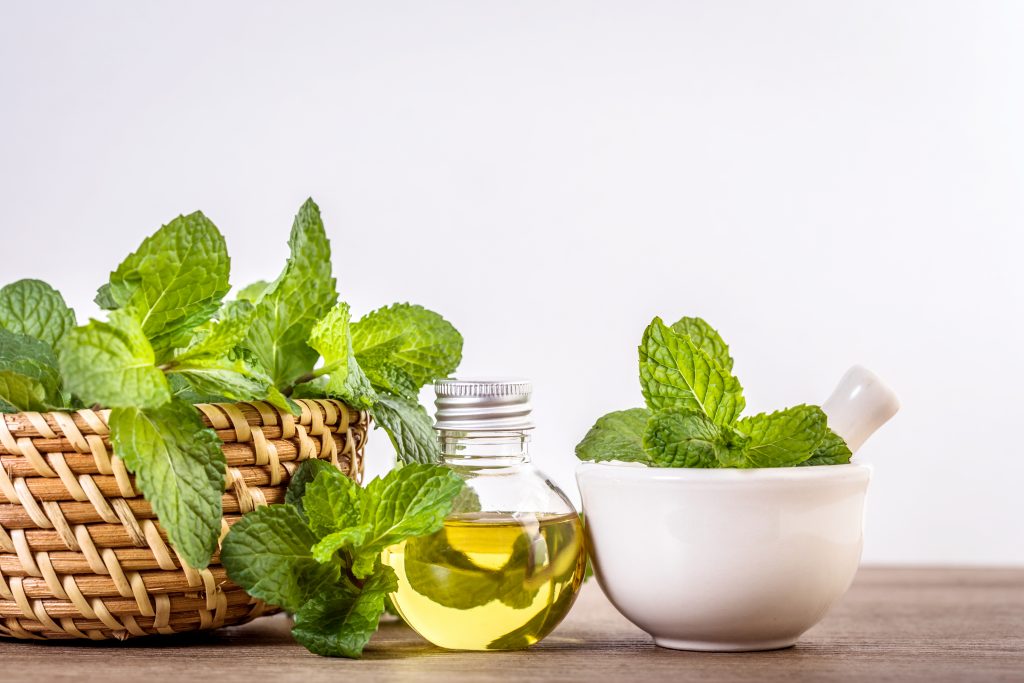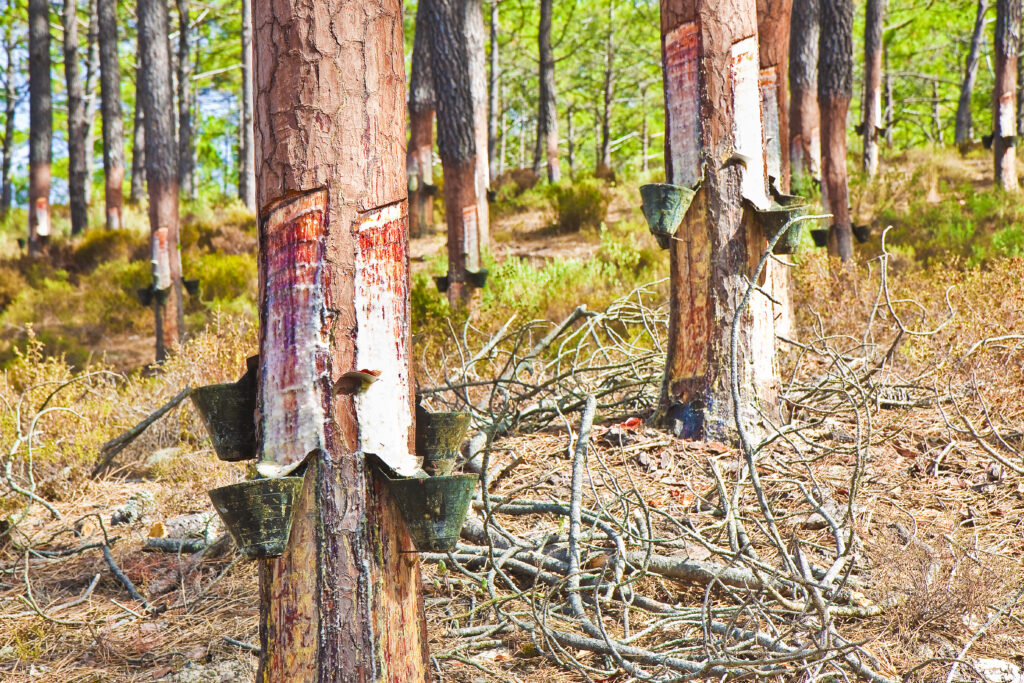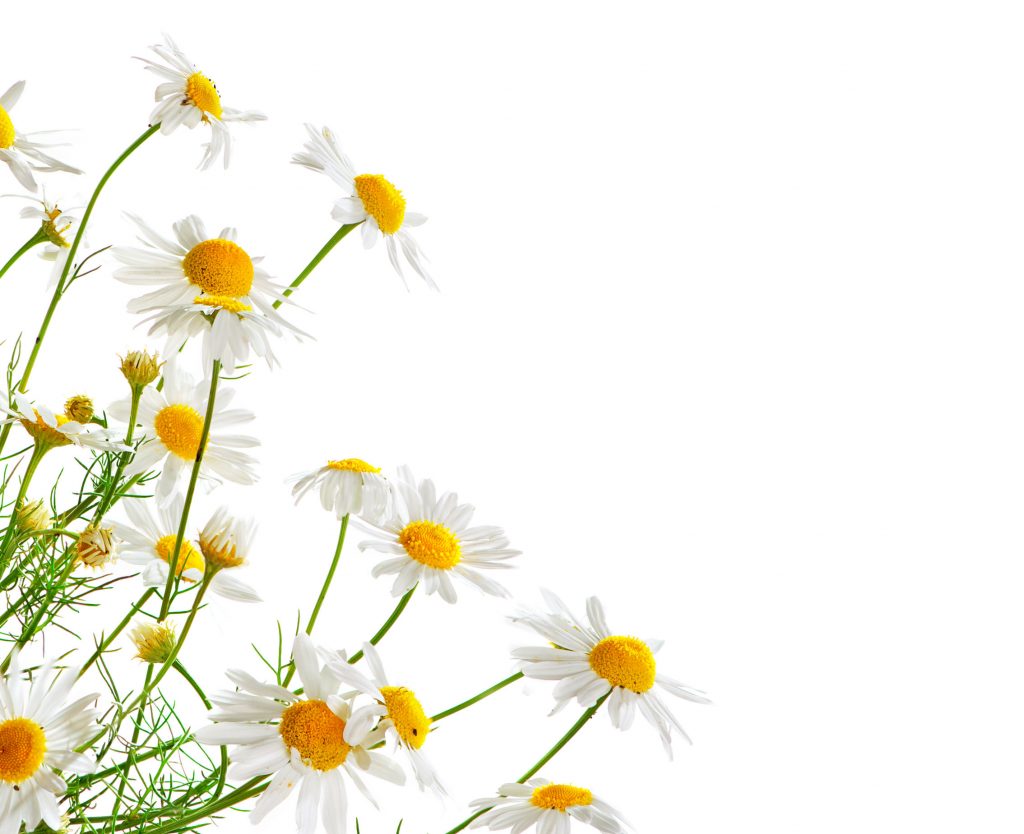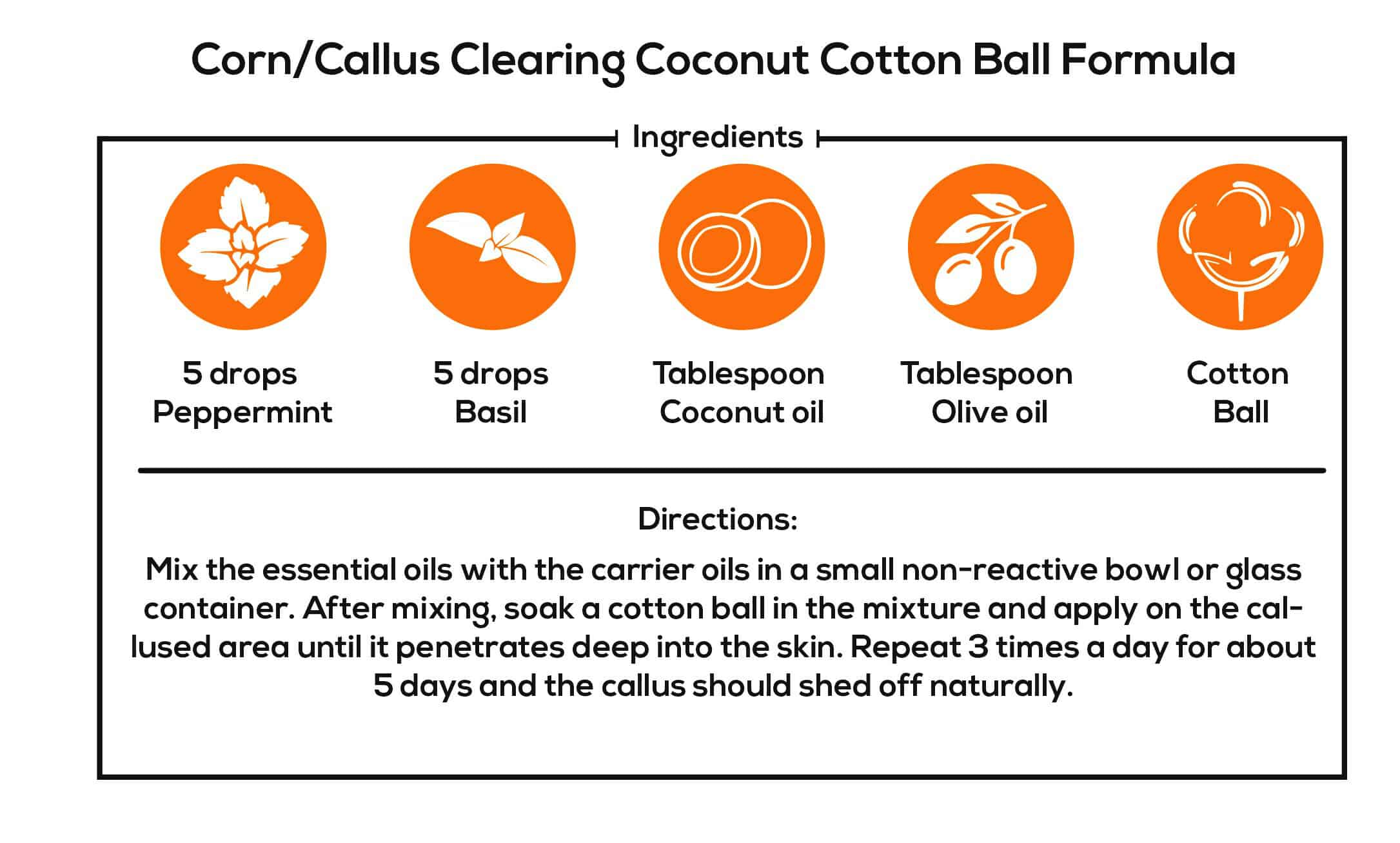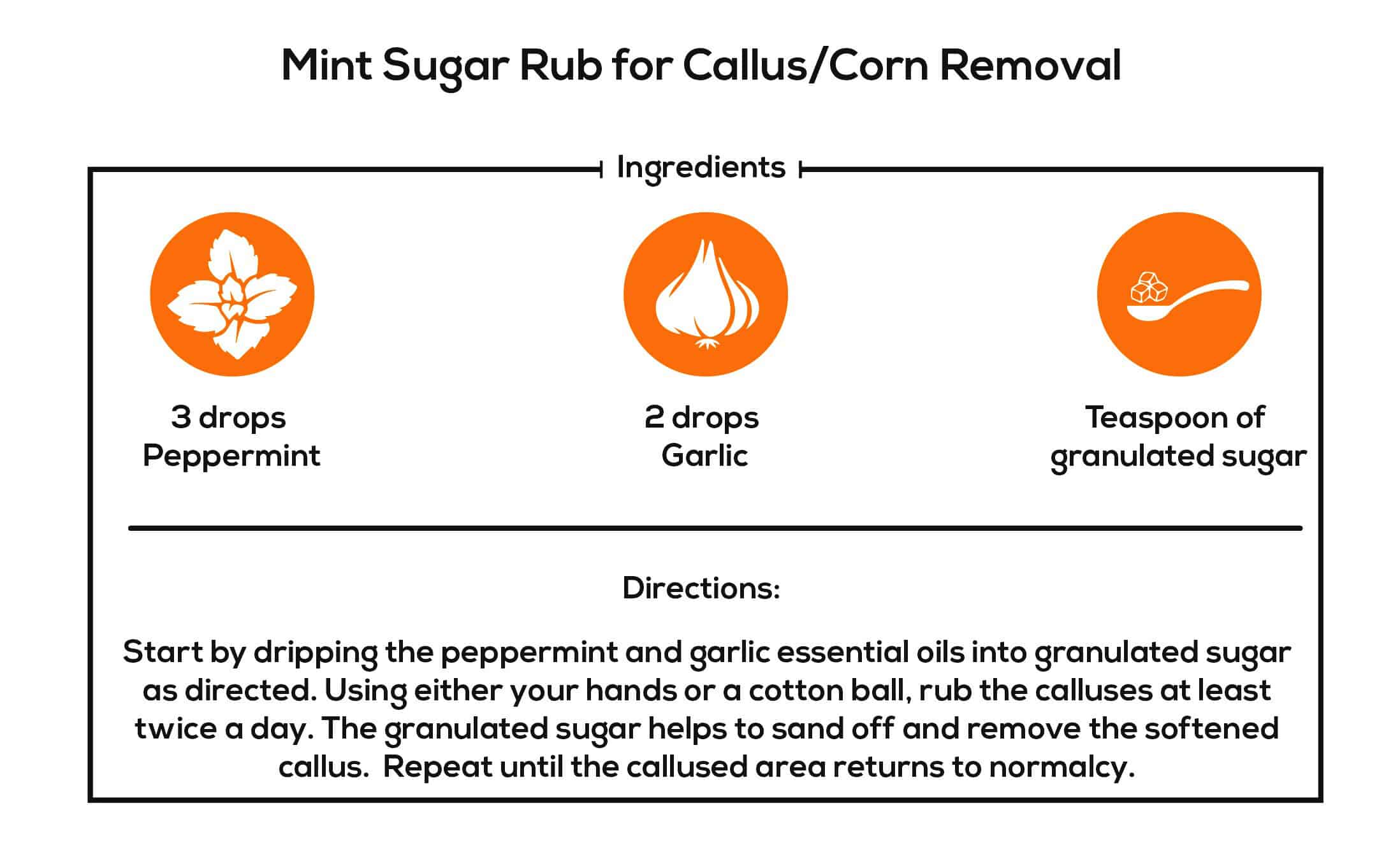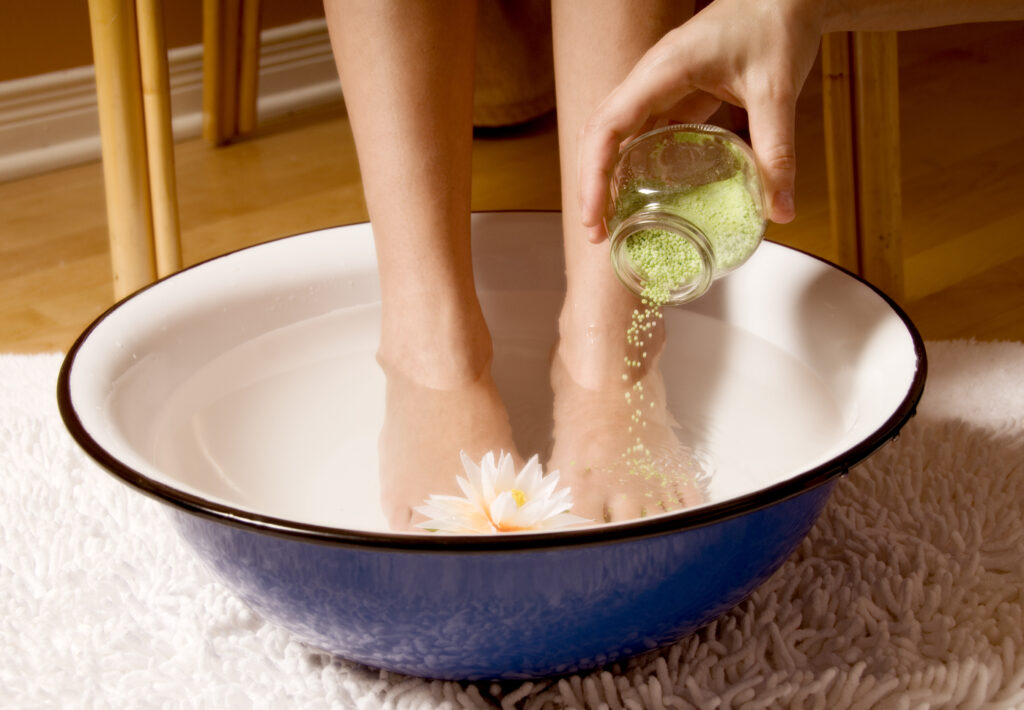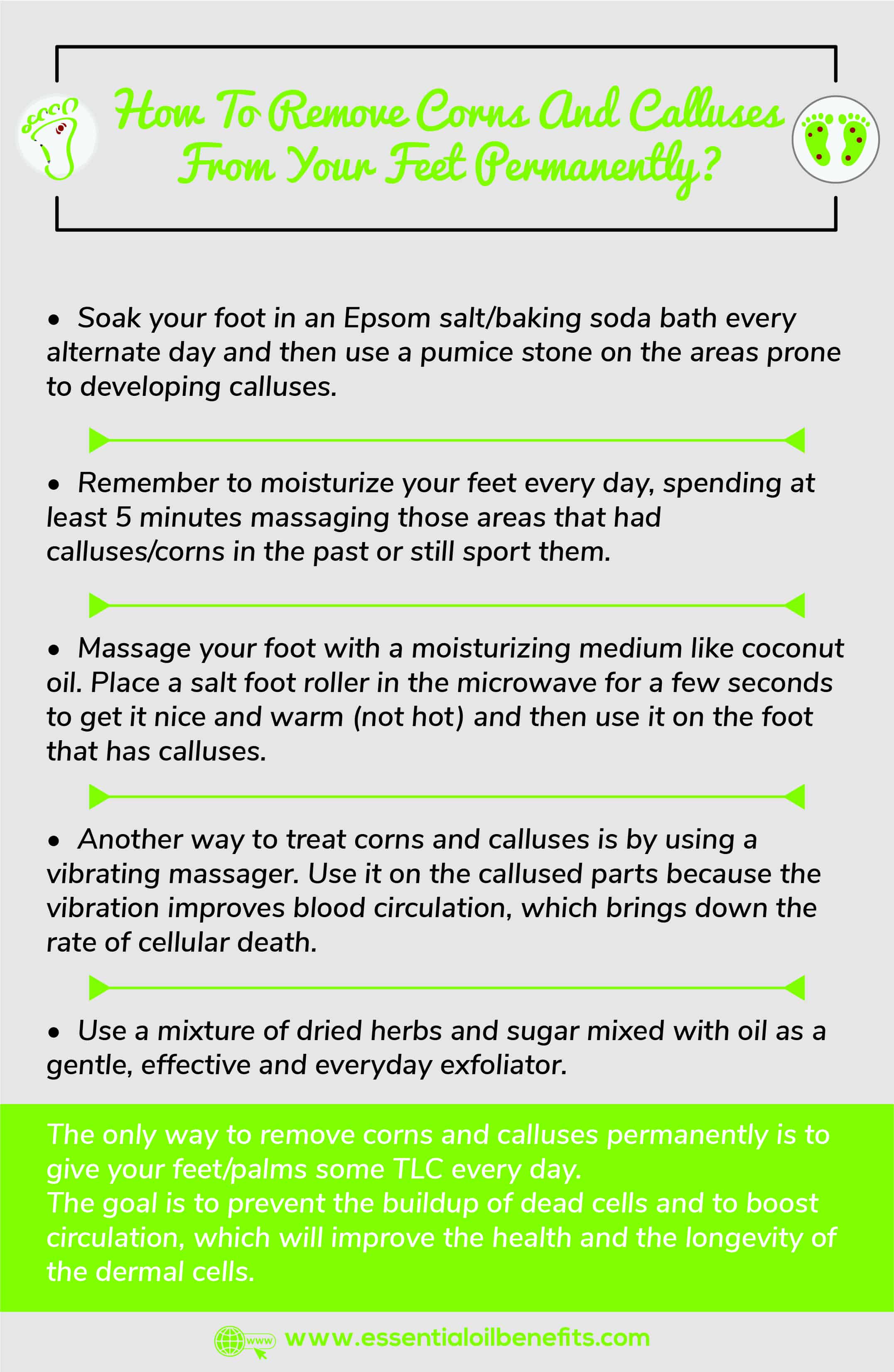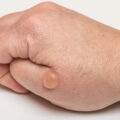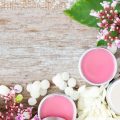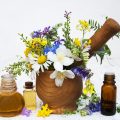So, what do you get after a hard day’s work? That’s right, some very painful blisters. Now, what do you get after several days of repeating the same job? You get the not so painful but definitely annoying callus.
But while blisters are immediately recognizable and visible (seeing that they’re usually painful and puffed with fluid), calluses are a little more subtle and take some time to develop. In fact, most people don’t even know that they have corns and calluses until complications arise.
I’ll give you an example – most of you probably have incognito calluses on the mid finger of your dominant hand from writing with a pen or pencil every single day of your life. See, a callus doesn’t have to be massive and pronounced.
In this segment, we’ll be looking at what exactly corns and calluses are and how to identify them. We’ll also delve into all the different causes and some of the most common areas that calluses tend to develop. And if you’re already suffering from a severe case of the corns, don’t worry about it…
Olivia’s got some solutions and the best essential oil based treatments that work wonders even for advanced cases. So buckle up and get ready to be as smooth and soft as a baby’s bottom again; because you just landed in Olivia’s ultimate guide to everything you need to know about corns and calluses.
What Are Calluses?
Calluses and corns are annoying and potentially painful conditions that form thickened areas in the skin. The medical term for the thickened skin that forms these conditions is referred to as hyperkeratosis (plural=hyperkeratoses). A callus is an area of the skin that has become relatively thick and hard in response to repeated friction, pressure, or any other irritation.
As mentioned above, rubbing that is too forceful will cause blisters rather than allow calluses to form. Since repeated contact is required, calluses will most often be found on and under feet because of frequent walking and shoe irritation. However, there are also numerous cases where other body parts such as hands will have these hard patches of skin.
So, is there any real difference between a corn and a callus? Well, both of them are thickened areas formed by your body to protect sensitive areas of your skin. But there are a few differences that should help you identify them. Also known as clavus, a corn (plural=clavi) is a small patch of thickened dead skin with a central core and sometimes have a dry, waxy, or translucent appearance. They typically occur at pressure points such as the soles and sides of toes and can be very painful.
A callus or tyloma on the other hand refers to a more diffuse, flattened area of thick skin that is still alive. It is usually found in the outermost layer of the skin on areas with repeated friction and is generally painless. Only when a callus piles up with layers of skin to form a thick, localized area with a popular, conical or circular shape does it become a corn. For the sake of treatment and reference, we’ll treat corns and calluses as the same in this segment.
Calluses and corns are generally not harmful, but may sometimes lead to other problems, such as skin ulceration or infection. Here are some signs and symptoms of calluses to watch out for.
Signs And Symptoms of Calluses
- Thickening of the skin in particular areas without any distinct borders
- Thick layers of non-sensitive skin over bony prominences
- Either painless or tender with white, yellow, brown or red discoloration
- May throb, burn, or itch
- Often forms cracks that are painful
- Once the area forms a thick, dry, waxy, painful and horny mass, then its developed into a corn
Causes And Risk Factors Of Calluses
Like most conditions, even calluses have a valid and helpful purpose. This thickening occurs as a natural defense mechanism that helps strengthen the skin in areas of friction or excessive pressure. Think of it like your hands growing their own gloves or your feet developing a little extra padding to deal with frequent shoe wear, extensive walking or abnormal gait.
Finger and hand calluses also often develop in response to using tools, playing musical instruments such as the guitar, or using work equipment that exerts pressure at specific sites. This includes guitar players and activities notorious for causing calluses such as construction work, use of a chef’s knife, many sports, wood carvings, rock climbing, hiking, weight training, martial arts, rowing, BMXing, dancing, chopping wood, and wearing high heels.
Basically, calluses will occur anywhere on the body as a reaction to moderate and constant grinding pressure. But too much friction occurring too fast and the skin will form an abrasion or blister instead. Risk factors include:
- Bunions
- Occupational hazards (farm work or construction)
- Abnormities in foot anatomy
- Ill fitting shoes
- Being 65 years and above
Prevention And Treatment Of Calluses
A: Preventing Corns and Calluses
Prevention is always the best cure, and this also goes for corns and calluses. It’s far easier to prevent one than to have to go about the treating process. Since calluses can get uncomfortable, it’s usually desirable for one not to form.
To do this, you’ll have to minimize the pressure and rubbing to prevent further aggravation. Here are a few tips that will help you prevent the formation of corns and calluses as you go about your daily activities.
- Wear protective clothing when farming, working, or playing most sports. This includes gloves, protective pads, and coverings to decrease friction.
- If you’re prone to calluses on your feet, then you’ll need to wear shoes that give your toes plenty of room and your heels a ton of cushioning. If you can’t wiggle your toes, then the shoes are too tight. You can also wear felt pads, bandages over areas that rub as well as separators between the toes.
- Keep your hands and feet well moisturized with essential oils and moisturizer
- Regularly rub your pumice stone over areas that are starting to thicken.
- Avoid going barefoot or wearing flip flops for extended periods of time.
B: Treating Corns and Calluses
So, how do you know it’s a corn or callus and not something else?
Sometimes, a wart can have similar appearance to a callus. As such, it is important to have an evaluation done by a medical professional. Diagnosis is often made by just looking at the callus.
Biopsies with microscopic evaluation can be done, but it is seldom necessary. Your doctor may also take X-rays of your feet or hands to look at underlying bony structures that may be the cause of the callus.
The doctor may also look at the way you walk, your posture, gait, stance and even shoes you wear. Once you’re absolutely sure that you have calluses and corns, then the treatment process can begin.
Medical Treatments
Corns and calluses can be treated with numerous types of medicated products in an effort to chemically pare down the thickened, dead skin. Most of these products can be easily bought over the counter. It’s worth noting that these products all share the same active ingredient – salicylic acid – the most common ingredient used in over-the-counter wart and callus removal products.
Salicylic acid is a keratolytic. This means it dissolves the protein (keratin) that is responsible for making up most of both the corn and the thick layer of dead skin which often tops it.
When used as indicated on the package directions, these products are gentle and safe for most people, but they tend to irritate the surrounding skin along with other side effects. Salicylic-acid treatments are available in different forms including drops, pads, applicators, plasters among others.
All these treatments will turn the top of the skin whitish and allow the dead, thickened tissue to be trimmed or easily peeled away. This makes the corn protrude and hurt far less.
It is generally recommended that salicylic acid not be used by people with diabetes or on areas with frail skin or poor circulation. This is mainly because of concern about how the skin can heal. In such instances, application of salicylic acid can potentially lead to ulcer formation on the skin. A health care professional can help determine whether salicylic acid-based products are safe for use on a particular individual.
Likewise, antibiotics can be used with possible incisions and drainage for infected corns and calluses. If your case is advanced or too severe, then a doctor will recommend surgical shaving of the callus, removal of any protruding bones that cause the callus as well as correction of any deformities.
Word of caution; do not attempt to cut off or shave away your corns and calluses at home. This could lead to potentially dangerous or fatal infection of the surrounding tissues. Callus removal surgeries should be performed by a podiatrist or other qualified health care professionals.
Essential Oils
I’ll be the first to laud pharmaceuticals for how far they have come with regards to treating calluses. But if we’re being honest, salicylic acids, antibiotics and surgical procedures just aren’t for everyone.
Apart from being ill-advised for people with diabetes, pregnancies and other health issues, some of these drugs and medical procedures can have adverse and damaging side effects. And this is where essential oils come to the rescue. Essential oils do a whole lot more good for corns and calluses without virtually any ill side effects.
With Mother Nature’s help, essential oils have genuine benefits when used in the right way. And when it comes to warts, corns, calluses and other skin conditions, you’ve got to respect the power of some of these oils. Packed with antiseptics, sedative, decongestant, relaxant, antibacterial, antifungal and anti-inflammatory properties, nothing works better for restoring your skin’s natural characteristics than essential oils.
Essential oils have already been put to use for centuries to speed up the healing process, reduce inflammation, alleviate pain and improve the appearance of calluses, cuts, bruises, temporary injuries and even internal damage. Thanks to their numerous properties, some of these oils can really work wonders for nasty corns and calluses that can only be described as far gone.
In addition to lending a helping hand to the healing process, essential oils also soothe the skin, reduce mass thickening, minimize tenderness, fade discoloration, soften tough buildup of dead skin, improve blood circulation and encourage clean up around the affected area.
I could go on all day about the benefits of essential oils, but I’m sure you’re eager to see which oils are rough enough to rumble with even the meanest, horniest (mind out the gutter guys), thickest corns and calluses.
I’ve compiled only the best essential oils for the job and some age-old recipes to help you put out oils to good use.
Recommended Natural Product for Calluses
Want a natural product to get rid of calluses whilst nourishing your dry and cracked heels, then look no further. Made in USA, PurSources Urea foot cream contains essential oils such as tea tree and chamomile oils which are very effective against calluses!
5 Best Essential Oils For Calluses & Corns
1. Tea Tree
Extracted from the leaves of the Australian Tea Tree, this particular essential oil is globally prized for its multitude of properties including antimicrobial, anti-inflammatory, antifungal and antiseptic.
Tea tree oil is widely used to treat, clean and disinfect cuts and scrapes on the skin. Similarly, fans of Olivia will also recall all the wonderful Tea Tree oil recipes we’ve cooked up to treat fungal infections, burns, colds, infected wounds, rashes, warts, insect bites, cystic acne among others.
Research has actually shown tea tree essential oil more effective as an antifungal cream than most OTC pharmaceuticals. That’s why it’s a must-have if you’re dealing with relatively fresh calluses to nip them in the bud if you will.
2. Garlic
I bet all of you Olivia followers saw this one coming! Think about it, what is the one thing that garlic is especially good at? It’s unrivaled culinary and medicinal uses due to its antibacterial, antifungal, antiviral and antioxidant capabilities, duh!
Being regarded as the universal remedy for a wide range of diseases and disorders, Garlic has been used for centuries to produce many kinds of oriental medicines and drugs. Scientists have proven that garlic essential oil contains an array of nutrients, vitamins and antioxidants that are incredibly useful to deal with skin problems such as calluses.
As mentioned earlier, antioxidants are great weapons to fight the attacks of the bacterial and fungal infections that are associated with later stages of corns. But if you’re attentive enough to catch the thickening mass earlier, then it follows that the calluses will be rejected from the root.
3. Peppermint
Extracted from the leaves of the strong mint-scented peppermint plant, peppermint essential oil is another incredibly popular oil known for its medicinal and therapeutic qualities. The antibacterial and antiseptic benefits of peppermint make it great for treating oral pathogens, skin irritation and inflammation, bruising as well as corns and calluses.
Peppermint essential oil contains a unique component known as menthol. Menthol boasts of potent sedative and calming abilities that not only help with muscle aches and joint relief, but also nourish the skin to eliminate dead cells. If aesthetics is what you’re after, you can’t miss out on a little mint.
Did you know that peppermint oil is an excellent aid in promoting hair growth without any side effects plus it can be used very effectively for nausea and vomitting in pregnancy.
4. Turpentine
Here’s one you don’t see very often, right?
Well, it might be one of the most underrated oils, but its benefits stretch far and wide. Thanks to its highly potent antibacterial, antiseptic, and antimicrobial properties, Turpentine essential oil is widely trusted to clear all calluses effectively.
When being absorbed into the skin, it penetrates deep to each skin cell, eliminate pain and prevent your skin from risk of infection. Gradually, the calluses get weaker and weaker and shed off over time.
5. German Chamomile
When it’s not being added to some kinds of tea or dish to enhance the flavor, this attractively aromatic flower can really help cure a wide range of health issues. And yes, you guessed it; one of them is the infamous callus.
Packed with antioxidant, anti-inflammatory and anti-microbial properties, German Chamomile just might be the perfect man for the job at hand (pun intended). This essential oil calms, soothes and softens the callused area. As a result, the layers of dead skin will peel off one by one and disappear before you even know it.
And may I add that its sister oil, Roman Chamomile is one of the best essential oils when it comes to dealing with depression.
Best 6 Essential Oil Recipes/Blends For Corns & Calluses
Recipe 1: Pumice Stone of Justice Rub
Ingredients:
- 12 drops of Chamomile
- 10 drops of Peppermint
- 8 drops Tagetes
- 60 ml Jojoba or Sweet Almond
- Pumice stone
Directions for mixing and using:
That’s right, there’s no such thing as automatic callus removal (for now), you’ll have to start out with some nice elbow grease and a tough pumice stone.
Start by mixing up all the essential oils in a dark glass bottle and top it up with your preferred carrier oil. Shake well to combine everything and apply this mixture to the callused area at least 3 times a day until they get softer.
You can use more on your feet than hands. After about a week, use a pumice stone to remove the dead, thick layers of skin; a file will work better on callused hands though.
Recipe 2: Veggie Oil Foot Soak for Callus and Corns
Ingredients:
- 7 drops Chamomile
- 5 drops Garlic
- 9 drops Oregano
- 3 teaspoons Epsom Salt
- Massaging foot spa/bath (optional)
Directions:
If you’re looking for a way to simultaneously soak and soften your corns and calluses while rubbing them off at the same time, nothing works better than a massaging foot bath. It allows the oils to work in conjunction with the rollers to get the best results.
Begin by adding warm water to your foot spa and then add in the Epsom salts and swish to dissolve. Drip in your essential oils as directed and soak your feet for about 20 minutes every day while massaging.
Recipe 3: Turpentine Tea Tree Surprise for Corns and Callus on Hands
Ingredients:
- 2 drops Tea Tree
- 2 drops Turpentine
- Tablespoon Apple Cider Vinegar
- Teaspoon of Baking Soda
- Bowl of warm water
Directions:
Always complaining about calluses and blisters on your hands? This recipe will help you do something about that nasty occupational hazard.
Start by dissolving the baking soda in warm water and soaking your battered hands for about 10 minutes. Dry off with a towel and then apply the ACV on the calluses and wait until dry. With a Q tip, dilute the Tea Tree and Turpentine oil in 1 tablespoon of olive oil and apply on the calluses and leave them. A week of this treatment will see the calluses disappear.
Recipe 4: Corn/Callus Clearing Coconut Cotton Ball Formula
Ingredients:
- 5 drops Peppermint
- 5 drops Basil
- Tablespoon Coconut oil
- Tablespoon Olive oil
- Cotton Ball
Directions:
Here’s a great recipe to use no matter where the calluses are located. Mix the essential oils with the carrier oils in a small non-reactive bowl or glass container.
Once done, soak a cotton ball in the mixture and apply on the callused area until it penetrates deep into the skin. Repeat 3 times a day for about 5 days and the callus should shed off naturally.
Recipe 5: Mint Sugar Rub for Callus/Corn Removal
Ingredients:
- 3 drops Peppermint
- 2 drops Garlic
- Teaspoon of granulated sugar
Directions:
Like I said, the antioxidants found in garlic oil are great weapons in the fight against calluses. Combine that with the potent ability of peppermint to eliminate dead cells and you have one incredibly effective treatment.
To make use of this recipe, start by dripping the peppermint and garlic essential oils into granulated sugar as directed. Using either your hands or a cotton ball, rub the calluses at least twice a day. The granulated sugar helps to sand off and remove the softened callus. Repeat until the callused area returns to normalcy.
Recipe 6: Castor Oil for Corns
The household laxative has long been used to treat calluses and corns owing to its ability to slough off dead skin cells. Moreover, castor oil is a powerful anti-inflammatory agent as well as an analgesic that can alleviate the pain caused by corns.
A non-drying oil that helps to keep the skin moisturized and increases cellular turnover, castor oil augments the pace of wound healing and prevents the loss of moisture from the dermal layers. Moreover, the oil has superlative abilities to get through the dermal barrier, which makes it an ideal treatment for corns and calluses.
There are several ways in which this oil can be used to treat callused skin. We have already discussed the castor oil soak above. Another way is to use this oil as an ultra-hydrating and healing agent.
Ingredients:
- 10 ml Castor oil
- 20 ml Sweet Almond oil/extra virgin Olive oil/Sesame oil
- 5 drops German Chamomile essential oil
- 3 drops Lemon essential oil
- 6 drops Rose Geranium essential oil
- 3 drops each Turmeric and Ginger essential oils
Directions:
Mix the oils and store in dark glass container/bottle away from sunlight and heat exposure. Apply half a teaspoon of oil on the callused foot or palm. Use gloves/socks to cover the treated areas so that the oil can work on your skin all through the night.
5 Effective Home Remedies For Corns And Calluses
1. Baking soda for exfoliation
This is both a preventative measure and a treatment and it works best when those calluses and corns are just raising their ugly heads. You will need a tablespoon of baking soda and some water to make a paste. Apply on the calluses areas and rub gently for 2-3 minutes, using circular strokes.
Then, apply the remaining paste as you would an ointment and cover with a strip of gauze. Leave the paste on your skin for at least 2-3 hours or even overnight and then wash off with warm water. If you have recently managed to get rid of those pesky corns, use this paste all over the areas that have a pressure problem that leads to skin thickening.
2. The acidic medium
You can take your pick from apple cider vinegar and lemon juice here. Mix a teaspoon of vinegar/lemon juice with ½ tsp raw honey and a few drops of water. Soak a ball of cotton wool in this mixture and place it on the callus/corn. Use adhesive bandage to hold the treated cotton wool in place overnight.
3. Lemons and banana
Soak the callused area in warm salt water for 10-15 minutes and then, cut a small piece of lemon rind/banana peel. Place it such that the flesh side touches the callus. Wrap gauze to hold the peel in place because you have to leave it on overnight.
4. Aloe juice and herbs
Mix a tablespoon of aloe juice with ½ tsp of licorice root powder and 2 pinches of cinnamon powder. Apply generously on the corn/callus and also cover a small piece of gauze with the gooey mix. Place this on the callus and use adhesive tape to keep it in place all through the night.
5. Garlic and onions
Crush a clove of garlic till you have a fairly smooth paste. Cover the skin around the callus with oil, but don’t apply oil on the callused area. Apply the garlic paste, directly on the corn/callus and wrap a strip of gauze around it. You need to keep the paste on your skin for at least 2-3 hours and if you can put up with the stinging, go for overnight application. You can use onion juice the same way.
How To Get Rid Of Corns And Calluses On Feet Overnight?
OK, I am going to be honest with you here and tell you that your corns and calluses will NOT go away in 12 hours. But what you can do is start them on the way to recovery.
If you diligently keep up with these overnight treatments, it won’t be long before you lose the scaly bumps and go back to flaunting smooth callus and corn free hands and feet. This is what you need to do:
Option 1: Soak and scrub your way to callus free skin!
The soaking: This is going to take about 20 minutes, but it’s an important part of the process. It not only helps to soften the layers of dead cells that form the corn or callus, but also helps to improve blood circulation to the affected area, thus undoing the detrimental effects of pressure and lowering the risk of more calluses. You will need:
- A foot tub filled with hot water (as hot as you can tolerate but if you are diabetic or have a nerve problem that impacts sensation, check the temperature of the water with your hands and then soak your feet in it).
- 5 tsp castor oil
- 2 tbsp lemon juice
- ½ cup sea salt/Himalayan pink salt
Pour the oil and lemon juice into the water and add the salt to the mixture. Stir till the salt crystals dissolve and then soak your feet/palms in the water till it cools. Normally, you should get about 15-20 minutes out of the hot water.
The scrubbing: I would recommend that you go with a pumice stone but a metal foot file will also do. Give your whole palm or foot a good scrub down. But, pay special attention to the areas with thickened skin. You want to slough off the dead skin cells without scrubbing your skin raw.
So, be thorough with your scrubbing but don’t go overboard with it. The last thing you need are tiny abrasions and cuts to accompany those corns and calluses.
Feel the callus or corn with your fingertips and as long as you find the area softer and less raised than what it was before the treatment, consider it a job well done.
The moisturizing: Next, moisturize the affected foot or palm. Spend 5 minutes exclusively on the callus/corn, massaging the area with circular strokes and a few rounds of gentle pinching. Then, apply a thick layer of moisturizer on the callus/corn.
Put a generous amount of moisturizer on a piece of gauze/cotton pad and place it on the corn, use adhesive bandage to hold it in place. You will be keeping the gauze in place all through the night, so make sure that you roll the adhesive bandage around your palm/foot. In the morning, remove the bandage and discard. Don’t forget to moisture the area generously after shower.
Repeat the process for 3-5 nights continuously. The maximum amount of scrubbing is needed on the first day. Subsequently, limit the scrubbing to the corn/callus, and gradually reduce the amount of scrubbing with each passing day. Remember, your efforts are aimed at removing the dead cells not at causing wounds.
Option 2: Treat those corns and calluses to some fruits to make them go away!
This again is a three step process but it does not involve scrubbing. Instead, you will be using fruit enzymes to melt away the layer of dead cells. This is what you need to do:
Sanitize: Start by washing the callus/corn covered area with soap and warm water. Dry the area completely before going to the next step.
Papaya and pineapple: You will need small pieces of papaya flesh and pineapple core. Grind the two to form a paste. Add a few pinches of a neutral powder like arrowroot or chickpea flour to give the mixture some stickiness/volume. You are going for a mixture that looks like toothpaste. Also throw in 2-3 pinches of salt.
Mix well till you get a smooth paste and then put a dollop of it on a piece of gauze/cotton wool. Place the gauze on the corn/callus in such a way that the mixture completely covers the raised area and a few millimeters around it. Use adhesive bandage to hold the gauze/cotton pad in place. Leave the mixture on the callused area overnight. In the morning wash your foot as you would normally and then go to the next step.
Soak in oil: You will need an old plate for this step. Heat 4-5 tablespoons of a thick/viscous oil (castor oil + virgin olive oil or sesame seed oil + wheat germ oil or coconut oil + avocado oil). Add 2 drops each of lavender and German chamomile essential oil to the previous oil blend. Mix the oils and pour the blend into the plate. Soak your foot in the oil mixture such that the callus/corn is covered by the blend.
If the corn/callus is in an area that cannot be soaked (side of the toes/ top of the toes) soak a strip of gauze in the oil mixture and wrap it around the callus. Wear a pair of socks if you need to, but keep the soaked gauze on the callus for half an hour; ditto for the foot soak.
Then, remove the gauze and simply massage the oil into your skin. Put on a fresh pair of socks and go about your day. Generally, 2-3 days of this treatment is enough to get rid of even old and stubborn calluses and corns.
How To Remove Corns And Calluses From Your Feet Permanently?
- Soak your foot in an Epsom salt/baking soda bath every alternate day and then use a pumice stone on the areas prone to developing calluses.
- Remember to moisturize your feet every day, spending at least 5 minutes massaging those areas that had calluses/corns in the past or still sport them.
- Massage your foot with a moisturizing medium like coconut oil. Place a salt foot roller in the microwave for a few seconds to get it nice and warm (not hot) and then use it on the foot that has calluses.
- Another way to treat corns and calluses is by using a vibrating massager. Use it on the callused parts because the vibration improves blood circulation, which brings down the rate of cellular death.
- Use a mixture of dried herbs and sugar mixed with oil as a gentle, effective and everyday exfoliator.
The only way to remove corns and calluses permanently is to give your feet/palms some TLC every day. The goal is to prevent the buildup of dead cells and to boost circulation, which will improve the health and the longevity of the dermal cells.
The Bottom Line
There you have it folks; all the information you need about corns and calluses right in one place. Now that you know just what exactly these corns and calluses are and how they come about, preventing and treating them should be much easier now. But remember, it doesn’t matter what treatment or remedy you go for if you still don’t take into account the importance of protective clothing and gear.
So whether you’re working, playing, or just taking a walk, make sure every inch of you that is prone to corns and calluses is well protected. Trust me, it’s always easier to prevent most of these issues than have to worry about how to get rid of them. And with the incredibly slow rate that calluses and corns develop, you have plenty of time to take action today!

